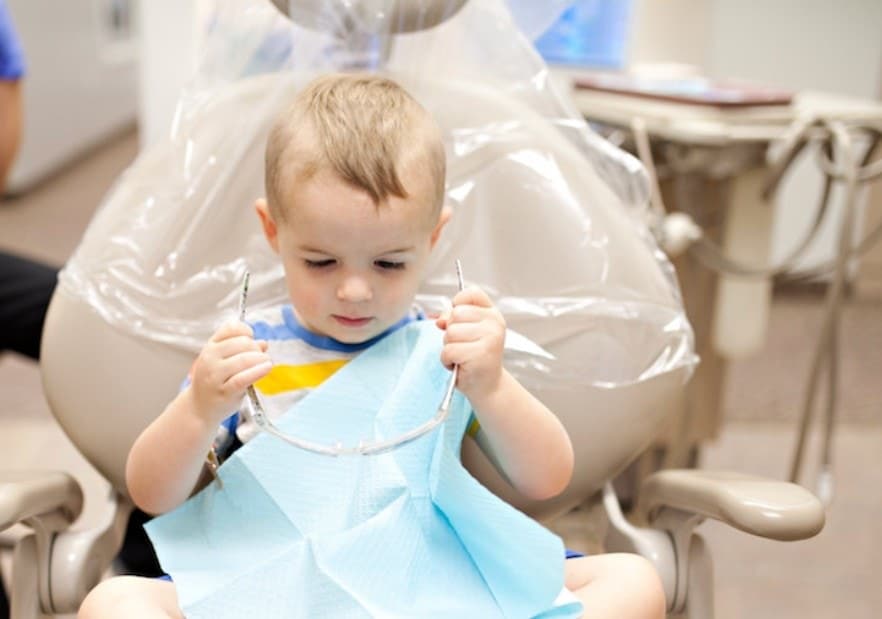CDC issues warning as RSV cases spread across the South

Tomsickova Tatyana/Shutterstock
It seems like RSV season has arrived. Here's what to know.
Table of Contents
The Centers for Disease Control and Prevention issued a health advisory this week, noting that cases of respiratory syncytial virus, or RSV, are on the rise across the South. The agency is warning healthcare providers to be on the lookout for the virus.
RSV is a virus that causes colds and upper and lower respiratory infections. It’s the most common cause of bronchitis and pneumonia in children under 1 year of age, according to the CDC. Infants, young children and older adults with chronic health conditions are most at risk of severe disease from an RSV infection.
When is RSV season 2023?
RSV infections are most common from September through April. In September 2023, the CDC observed an increase in positive RSV tests in Florida and Georgia and other Southeastern states. Historically, regional increases have predicted the beginning of RSV season nationally, with increased RSV activity spreading north and west over the following 2 to 3 months, the CDC notes.
RSV is spread like most other respiratory diseases—by small droplets and on contaminated surfaces. In previous RSV seasons, there was no real way to prevent RSV infection, and the best method of treatment was symptom management. But now, two new preventive therapies exist to help prevent severe disease and hospitalization in our most vulnerable populations.
What to know about RSV prevention therapies
If you have a child under the age of 1 who will be entering their first RSV season, which typically starts in September, talk to your pediatrician about whether your child is eligible for monoclonal antibodies (nirsevimab and palivizumab). This new RSV shot for infants “can provide an extra layer of defense that helps fight RSV infections and protect children from getting very sick,” Dr. Manisha Patel, Chief Medical Officer for CDC’s National Center for Immunization and Respiratory Diseases, tells Motherly in a previous interview. Children under 20 months entering their second RSV season may also be eligible.
For babies younger than 8 months: CDC recommends one dose of Beyfortus (nirsevimab), which should offer protection against severe disease for about 5 months.
For babies between 8 months and 19 months: For a small group of children between 8 months and 19 months at increased risk of severe RSV disease, such as children who are severely immunocompromised, a dose is also recommended in their second season, notes Dr. Patel.
In pregnancy: We’re also keeping an eye on the recently FDA-approved maternal RSV vaccine, designed to be offered to pregnant people between 32 and 36 weeks gestation to shield newborns under 6 months from RSV. While the CDC’s Advisory Committee on Immunization Practices (ACIP) has not yet reviewed the vaccine, they are expected to do so early this fall.
For adults over 60: Making sure your child’s grandparents or other caregivers are vaccinated against RSV can go a long way in helping to keep them safe too, along with any young children they may help care for.
What are the symptoms of RSV?
RSV has a long incubation period—symptoms may not appear for up to three to five days after the initial infection, which is how it’s so easily passed around daycares and schools. Symptoms may often start out as mild, with just a clear runny nose and reduced appetite for a couple of days, and then progress to cough and wheezing.
Common symptoms
- Clear, runny nose
- Decreased appetite
- Coughing
- Wheezing
- Sneezing
According to the CDC, RSV doesn’t always present with a fever, though it does in some cases. In very young babies, the only symptoms may be decreased activity, irritability and some difficulty breathing. In older children or adults, be on the lookout for runny noses, a decrease in appetite, coughing, headache, fatigue, and fever.
Severe symptoms
If RSV progresses, the second stage may be marked by more serious symptoms.
- High fever
- Fast breathing rate
- Difficulty breathing
- Persistent cough
- Decreased activity
- Pauses in breathing (apnea)
In most cases, RSV presents like a minor illness. However, it can be dangerous. If your child is having trouble breathing or experiencing severe symptoms, call your child’s pediatrician and head to the nearest hospital for treatment.
A version of this story was originally published on June 15, 2021. It has been updated.


































